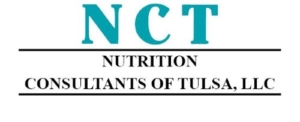FDA to Ban Trans Fats

We have heard of trans fats for some time now and most people try to avoid them when possible, but what exactly are trans fats, where do they come from, and why is the FDA trying to ban them? Trans fats are a type of fat that naturally occur in small amounts in beef, lamb, and full fat dairy products. Most of the trans fats we consume come from processing liquid vegetable oil into a solid fat through a process called hydrogenation. This was done years ago to enhance the flavor, texture, and shelf life of many processed foods, such as margarine, ready-made frosting, buttery popcorn, and fried foods. Unfortunately, these trans fats raise LDL “bad” cholesterol and lower HDL “good” cholesterol, which leads to increased risk for heart disease. The FDA is working to remove partially hydrogenated oils (a.k.a. trans fats) from the “generally recognized as safe” (GRAS) list of approved food additives. Once finalized, food manufactures will no longer be able to use partially hydrogenated oils in their food products unless the FDA gives prior consent to do so. Elimination of this fat from the food supply could prevent 10,000-20,000 coronary events and 3,000-7,000 coronary deaths annually, according to the Centers for Disease Control and Prevention. Currently products that contain less than .5 grams of trans fat per serving or less can list the amount as zero grams on the nutrition label. Once the FDA’s ruling to ban trans fats is completed, companies will no longer be able to take advantage of this loophole, meaning zero trans fats will actually mean zero trans fats.
